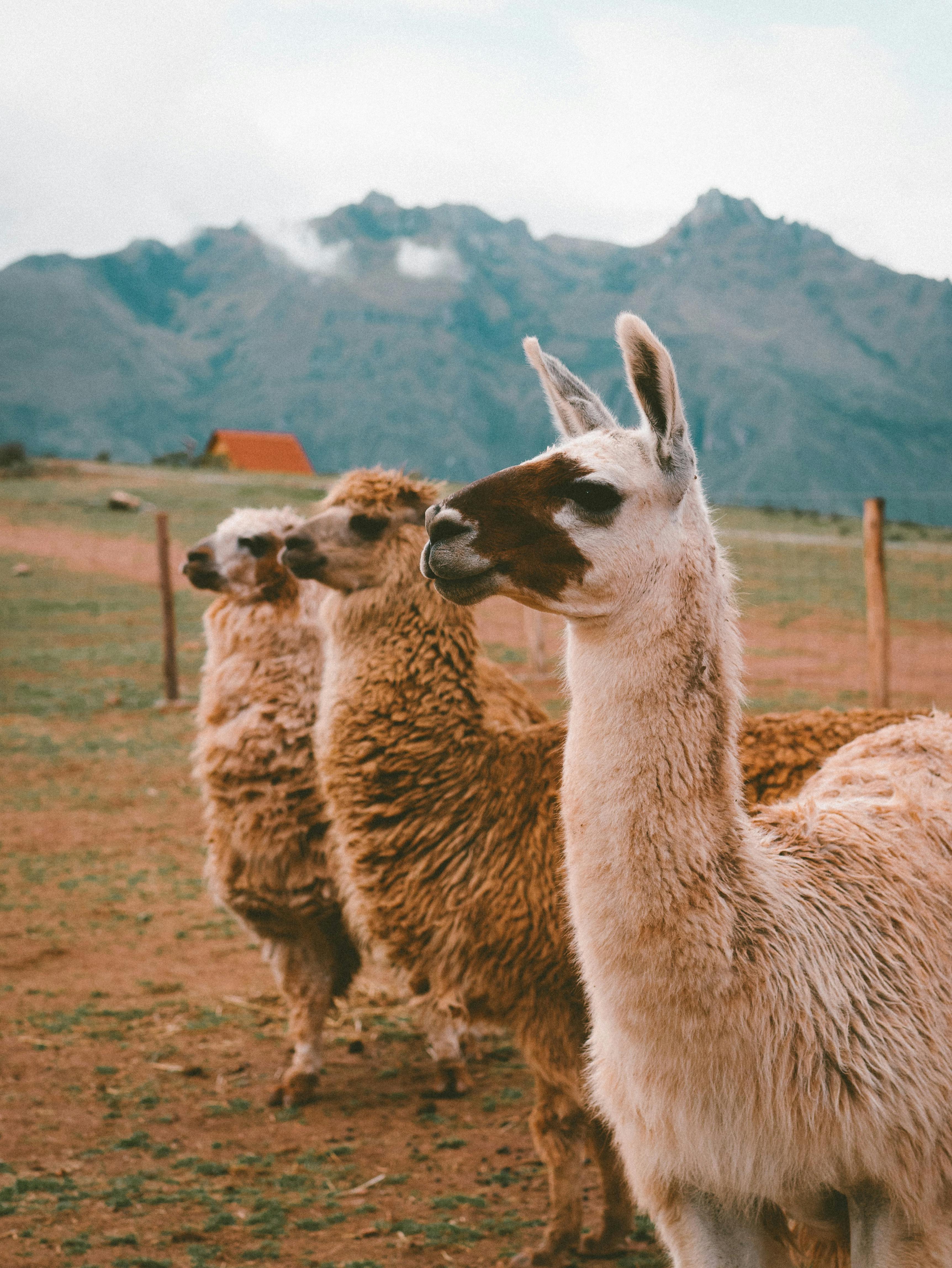Unveiling the World of Therapy Alpacas: A New Trend in Animal-Assisted Therapy
Introduction: Meet the latest stars in the realm of animal-assisted therapy - Alpacas. These gentle, fluffy creatures are bringing comfort, joy, and healing to individuals worldwide. Let’s delve into the fascinating world of therapy alpacas and explore how they're transforming lives.

The Emergence of Therapy Alpacas
Alpacas, native to South America, are known for their docile nature and calming presence. In recent years, they have gained popularity as therapy animals in various settings. The use of alpacas in therapeutic settings can be traced back to the late 20th century, with the establishment of programs like the Pets As Therapy (PAT) in the UK. Today, therapy alpacas can be found in hospitals, nursing homes, schools, and even prisons, providing comfort and psychological benefits to those they interact with.
Alpacas in Action: A Therapeutic Impact
Recent studies have shown that interacting with alpacas can lower blood pressure, reduce anxiety, and improve mood. Their soft fur, gentle demeanor, and charming personality make them excellent companions for individuals dealing with stress, trauma, or mental health issues. In hospitals, for example, therapy alpacas bring smiles to patients’ faces and help them momentarily forget their pain and worries.
The Alpaca Therapy Industry: An Economic Perspective
While exact figures are hard to come by, the therapy alpaca industry is evidently growing. A therapy alpaca’s price can range from $500 to $5,000, depending on its age, health, and training. In addition, services provided by therapy alpaca organizations vary in cost, often depending on the duration, frequency of visits, and distance traveled. This emerging industry, though niche, is contributing to the overall growth of the pet therapy market.
The Challenges and Considerations for Therapy Alpacas
Despite their therapeutic benefits, alpacas are not suitable for all settings. They require ample space to roam and may not adapt well to urban environments or confined spaces. Moreover, they are herd animals and thrive best in the company of other alpacas. Potential handlers must also consider the cost of feeding, sheltering, and providing medical care for these animals.
The Future of Alpaca Therapy
The use of alpacas in therapy is still a relatively new concept, but it is gaining traction. As more research emerges about the benefits of animal-assisted therapy, the demand for therapy alpacas is likely to increase. With continued awareness and understanding, alpacas may soon become a widely accepted addition to therapeutic settings, bringing their unique charm and benefits to the forefront of animal-assisted therapy.
In conclusion, the world of therapy alpacas offers an exciting and novel perspective within the realm of animal-assisted therapy. As the trend continues to grow, these adorable creatures are set to make a significant impact in the world of therapeutic care.




